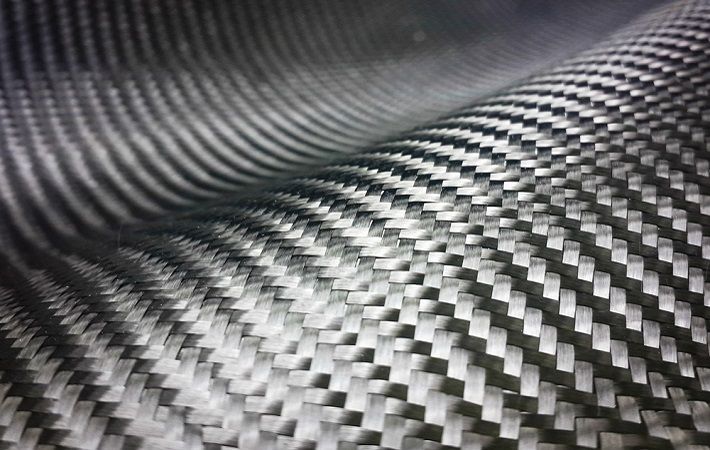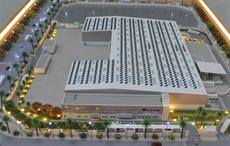
The UK composites industry must seize the opportunity to create the supply chain of the future, developing the products and capabilities that will underpin the Green Industrial Revolution, ensuring the UK retains the jobs, economic value and technological leadership in these critical sectors for generations to come, stated the CLF Meeting the Greatest Challenge report.
The new report follows on from the strategy, published by CLF in 2016, which identified the UK’s need to develop higher rate and lower cost production technologies. Market data showed that this would contribute to the growth in value of UK-produced composites parts from £2.3 billion in 2015, to £12.5 billion in 2030.
The CLF has added a second challenge to its strategy: the need to develop composite solutions to support the battle against climate change and decarbonise our economy. Working to understand how the UK composites industry can respond to, and capitalise upon, the new, overarching imperative of sustainability.
The CLF was established as a result of the 2009 UK Composites Strategy, to bring independent leadership to the sector. It comprises representatives from across the UK’s composite base including government departments, funding bodies, the National Composites Centre, the industry trade body Composites UK and key industrial organisations who make up the backbone of the UK’s engineering sector. The CLF works to ensure the UK’s continued global success.
In April 2021, the UK government had set some ambitious climate change targets: a 78 per cent reduction in carbon levels, compared to 1990, within 14 years, and that the country would be Net Zero by 2050.
Fibre2Fashion News Desk (KD)

